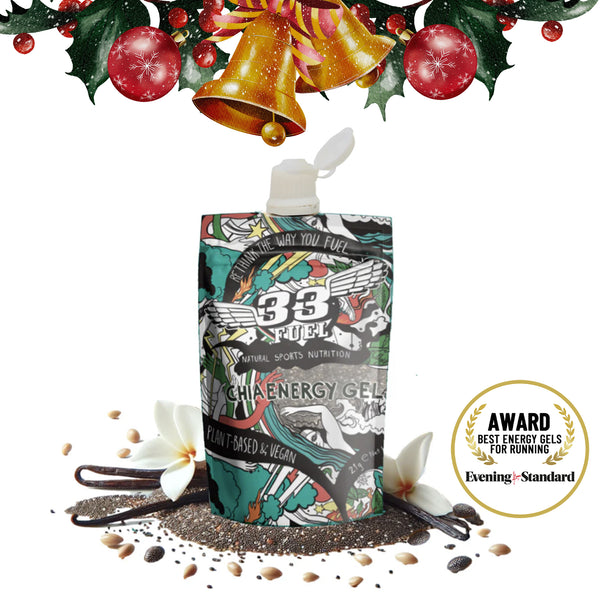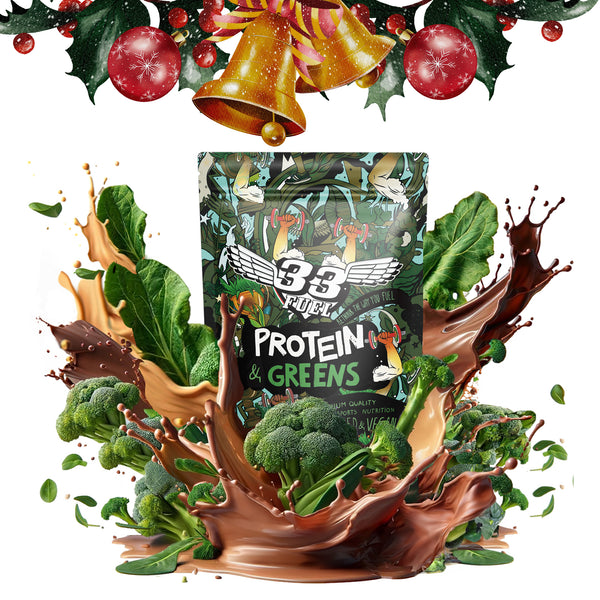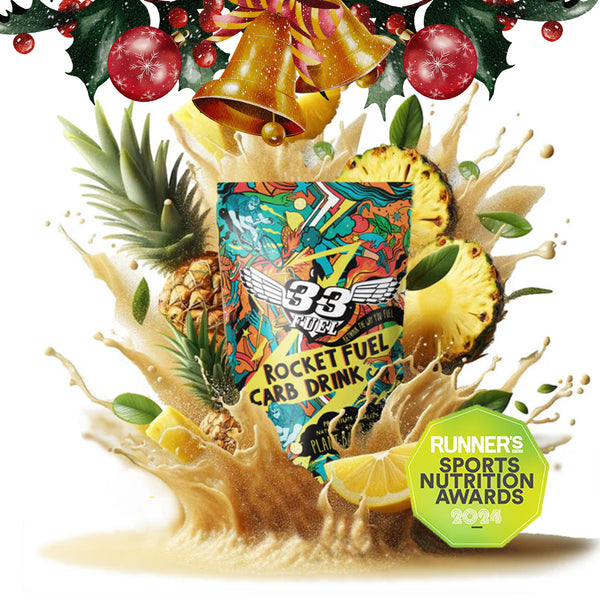Glycaemic index vs glycaemic load

You’ll have heard of the glycaemic index, but what about glycaemic load? The difference between them is subtle yet significant and it’s important to understand where your nutrition sits on both scales
Glycaemic index and glycaemic load - it’s all about blood sugar
When you eat carbohydrates, the digestive system converts them into sugar (glucose). Glucose is used to fuel the body and what doesn’t get used is either stored in the liver or muscles or as fat. Carbs are generally categorised into either ‘simple’ or ‘complex’ but it’d be a mistake to think they all sit in one group or the other. They all sit on a scale, as we’ll discover.
Shop our low GI sports nutrition
Briefly, the difference between simple and complex carbs is the impact they have on blood sugar levels. Simple carbs spike it, while their complex counterparts deliver a steadier increase.
Humans operate best when blood sugar levels are stable, and this is where insulin comes in. When you consume carbs, your pancreas secretes insulin to help process the sugar and maintain stable energy levels as best as possible.
All foods sit on a scale between slow and rapid absorption and also the actual amount of carbohydrates they contain.
Enter the glycaemic index and glycaemic load.
What is the glycaemic index?
The glycaemic index (GI) ranks carbohydrates on a scale of 1 – 100 in order of how quickly they are digested, converted to sugar and absorbed into the body.
High GI foods contain rapidly absorbed carbohydrates such as:
- Sugary drinks
- White rice
- White bread
- Watermelon
- Potatoes
- Parsnips

Not all high GI foods are bad
Low GI foods contain slowly absorbed carbohydrates such as:
- Wholemeal pasta
- Peaches
- Oranges
- Carrots
- Fructose
- Legumes
- Chocolate
As you can see, it’s not a simple case of ‘high GI foods are bad and low GI foods are good’.
What is the glycaemic load?
The glycaemic load (GL) ranks food based on the actual amount of carbohydrate they contain.
High GL foods contain a high quantity of carbohydrates such as:
- High-sugar drinks
- Couscous
- White rice and pasta
- Dates
- Sweetened fruit juices
- Low-fibre cereals

Fruit juice may be a classic healthy go-to, but it’s high on the glycaemic index
Low GL foods contain a lower quantity of carbohydrates such as:
- Whole wheat pasta and bread
- Milk
- Lentils
- Nuts
- Watermelon
- Carrots, broccoli, peas
- Apples
Just like the GI scale, not all high GL foods are bad and not all low GL foods are good.
What’s the difference between glycaemic index and glycaemic load?
The three key things to remember are:
- GI concerns the absorption rate at which the carbs are released into the body
- GL concerns the amount of carbs within the food
- Foods can sit anywhere on both scales. Foods can be:
- High GI and high GL
- High GI and low GL
- Low GI and high GL
- Low GI and low GL
Take watermelon for example. It has a high GI of 72, but a very low GL of 7. This means that watermelon turns into sugar quickly within the body, but the actual amount of carbohydrate is low. Thus, you’d need to consume a lot of watermelon for it to have an impact on your blood sugar levels.
Considering this, we can see that understanding where a food sits on the GL is likely more important than where they rank on the GI.
Glycaemic index and glycaemic load for athletes
Ordinary sports nutrition is often high on both the glycaemic index and glycaemic load, but 33Fuel bucks this trend. Take Rocket Fuel for example: it delivers the carbs you need but low GI ingredients mean they’re absorbed slowly, providing you with a stable, constant release of energy
We can see that, generally speaking, foods lower on the GI and GL rankings are better for overall health. Having said that, for athletes it’s not as simple as sticking to food low on both scales.
You need to fuel for, and recover from, training and racing stress. Sometimes you need a big hit of carbs, and sometimes you need them to enter your system rapidly. If you’re preparing for a big day in the saddle, there’s few things better than a bowl of oats (high GL) and if you’re on the edge of bonking, some rapidly absorbed carbs – like some fruits – will be a saviour.
Glycaemic index and glycaemic load for weight loss
Generally speaking, foods low on both the GI and GL rank are higher in fibre, which we know is good for gut health due to their high prebiotic content. Thus, they’re generally better for health.
But nutrition is only part responsible for weight loss and it’s difficult to pin foods which will aid weight loss based purely on their ranking on the GI and GL scale. Low GI foods will increase satiety, meaning you’ll consume less throughout the day, and those lower on the glycaemic load scale tend contain fewer calories which can aid weight loss.
If you undertake little to no exercise, sticking to lower GI and GL foods is certainly the way to go because you don’t have the energy demands athletes do. But if you want to lead an active lifestyle then foods higher on the GL scale have a place, as do those on the GI.
More performance boosting content
From the Vlog – Secret tips from triathlon coach Mark Ryan
From the Podcast – Lessons from interviewing 200 successful athletes
More from the Blog
Gut health and endurance – good and bad foods
Prebiotics and probiotics for athletes
Nutrient density and sports performance













![[RECIPE] Protein Hot Chocolate](http://www.33fuel.com/cdn/shop/articles/Proteins_DSC4730_50b31621-fd0e-438c-b49e-43e547ec3746.jpg?v=1764845838&width=1080)